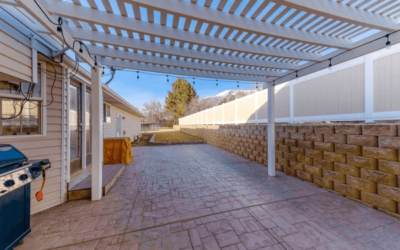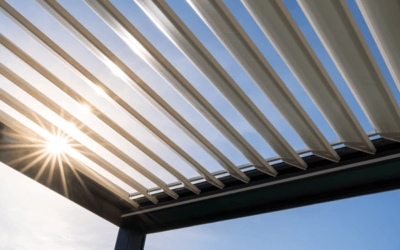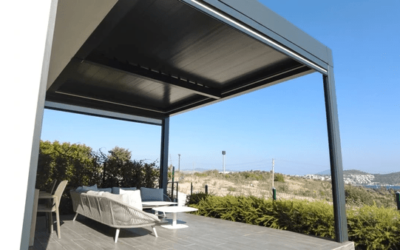Exploring Eco-Friendly Wood Alternatives for Your Next Remodeling Project
As homeowners and remodelers increasingly prioritize sustainability, the demand for eco-friendly building materials continues to rise. One key area of focus is the search for wood alternatives that are not only sustainable but also durable and visually appealing. In this article, we’ll delve into a range of options that can elevate your remodeling project while ensuring you leave a minimal footprint on the environment.
Why Choose Sustainable Building Materials?
Choosing eco-friendly materials for your remodeling projects brings numerous benefits beyond just reducing environmental impact. By opting for sustainable building materials, you can enhance the longevity of your investment, reduce maintenance costs, and even improve indoor air quality. These materials often require less energy to produce and can lead to lower utility bills in the long run—a win-win for both your finances and the planet.
A Look at the Best Eco-Friendly Wood Alternatives
Let’s explore some outstanding wood alternatives that can serve as sustainable choices for your home:
Bamboo: The Renewable Wonder
Bamboo is one of the fastest-growing plants on the planet, making it an incredibly renewable resource. Its natural strength rivals that of traditional hardwoods, which means it’s perfect for flooring, cabinetry, and furniture. Beyond its durability, bamboo offers a unique aesthetic that can add warmth and elegance to any space. Plus, it’s naturally moisture-resistant, making it a great choice for areas like kitchens and bathrooms.
Cork: Nature’s Insulator
Cork is derived from the bark of cork oak trees and is harvested without harming the tree itself. This makes it a highly sustainable option. Cork boasts excellent insulating properties, making it ideal for flooring solutions that keep your home comfortable year-round. Additionally, its texture adds a distinctive flair to interiors, and it’s naturally resistant to mold and mildew—perfect for health-conscious homeowners.
Reclaimed Wood: A Rustic Charm with a Story
Using reclaimed wood not only brings character and history to your home but also contributes to waste reduction. Sourcing wood from old barns, factories, or ships gives these materials a second life and reduces the need for new lumber. Reclaimed wood can be stunning when incorporated into flooring, beams, or accent pieces, providing a unique and rustic aesthetic while promoting sustainability.
Composite Lumber: Durability Meets Design
Composite lumber, made from a blend of recycled plastics and wood fibers, provides the look of traditional wood while offering exceptional durability. It’s resistant to rot, insects, and fading, making it an excellent choice for outdoor decks and patios. With low maintenance requirements and high weather resistance, this material is perfect for busy homeowners seeking long-lasting beauty without the hassle.
Biocomposite Materials: The Future of Remodeling
Emerging biocomposite materials blend natural fibers like hemp or flax with biodegradable resins to create strong and lightweight options. These innovative materials showcase remarkable versatility, suitable for everything from countertops to cabinetry. Investing in biocomposites not only supports sustainable practices but also brings modern aesthetics to your home design.
Making the Switch: Practical Tips for Homeowners
Transitioning to eco-friendly materials doesn’t have to be overwhelming. Here are a few actionable tips to help you make informed decisions for your remodeling projects:
1. Research Local Suppliers: Seek out suppliers that specialize in sustainable materials, as they can guide you through your options and often provide valuable insights into local sourcing.
2. Consider Lifecycle Analysis: Evaluate the entire lifecycle of materials, from production to disposal. Look for options that minimize environmental impact throughout their lifespan.
3. Incorporate Mixed Materials: Don’t hesitate to blend various materials for an innovative look. Pairing reclaimed wood with composite elements can achieve both function and style.
4. Stay Educated: Continually seek information on new sustainable trends and innovations in the remodeling industry to stay ahead of the curve.
Conclusion: Build Sustainably, Live Beautifully
By carefully selecting eco-friendly wood alternatives and other sustainable building materials, you can contribute to a healthier environment while enhancing the beauty and functionality of your home. Embrace these innovative options during your next remodeling project and enjoy the peace of mind that comes with making responsible choices. After all, a beautiful home doesn’t have to come at the expense of our planet.



